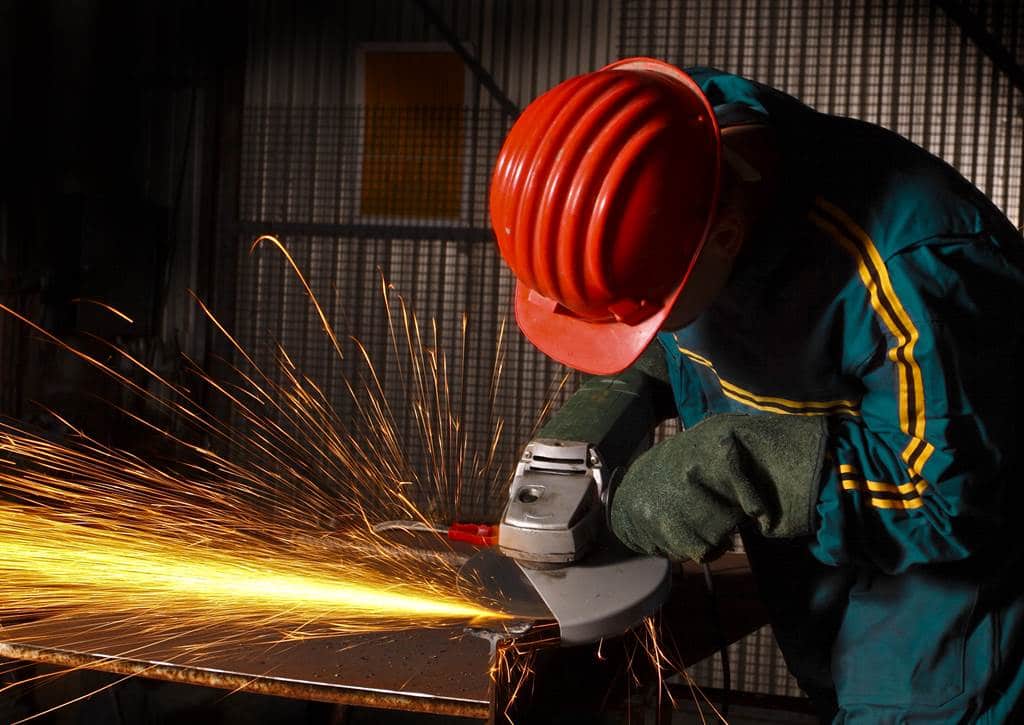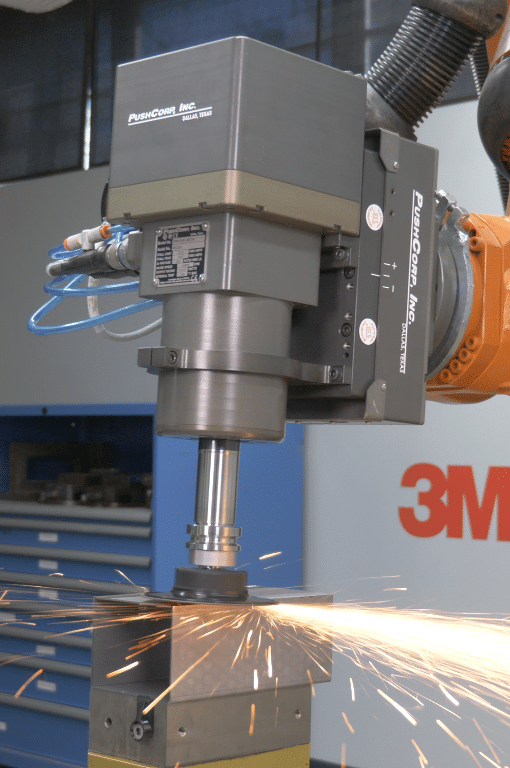
There are significant benefits to automating grinding and finishing processes. Robotic grinding and material removal applications offer a more versatile and streamlined way to improve operations over manual operations. It also overcomes one of the biggest challenges in non-automated finishing: consistency. Human error, different finishing techniques, operator fatigue, and different operators can all provide inconsistencies that lead to an undesirable surface finish.
Robotic grinding and finishing also play a major role in improving safety, filling labor shortages, and reducing the high turnover of employees assigned these tasks. However, automating your grinding and finishing process has its own challenges. Here are some of the biggest ones the integrators we work with encounter and how they overcome them.
Measurable Process Specification
 To automate a material removal processes, it is important to have a clear set of finishing objectives. Most integrators aren’t experts in every finishing process so they have to rely on their end customer for guidance. Unfortunately, it is common for some manufacturers new to robotic grinding and finishing to have no written or measurable specification for their product. Many rely on visual inspection, leaving too much ambiguity for what constitutes an acceptable part.
To automate a material removal processes, it is important to have a clear set of finishing objectives. Most integrators aren’t experts in every finishing process so they have to rely on their end customer for guidance. Unfortunately, it is common for some manufacturers new to robotic grinding and finishing to have no written or measurable specification for their product. Many rely on visual inspection, leaving too much ambiguity for what constitutes an acceptable part.
For companies interested in automating their manual process, it is extremely important to define what the acceptable metrics are. It is also crucial to detail the current process by listing the current abrasives and tooling used. Knowing this information upfront is imperative in helping any integrator understand what they are up against and ultimately deliver a great end product.
Force Control: Active vs. Passive Force Compliance
Quality finishing requires maintaining a consistent amount of force with the media against the part being processed. “Too much force causes the tool to dig into the part and remove too much material,” said Paul Carrier, COO/President of KC Robotics. “Too little force and the opposite occurs.”
Passive compliance devices typically rely on an external air pressure regulator to set the force. As a result, this technology works best on flat parts or simple designs.
Active compliance devices use an active feedback loop to monitor variables and deliver consistent force regardless of orientation, including:
- Force
- Acceleration
- Position
This helps for the grinding and finishing of complex geometries and curved surfaces.
Integrated force transducers and robot systems can provide flexibility in the process by measuring the force applied in any direction and automatically adjust as needed. However, the adjustments are made by the robot’s six servo motors, which results in a very slow reactionary time compared to active control devices. PushCorp’s technology is independent of the robot so it is controlling much less mass. Therefore, it is easier to maintain an extremely accurate force and react to the external grinding forces during the process.
Additionally, force transducers are rigidly mounted on the robot with no compliant stroke. Therefore, it is difficult to account for part variation and abrasive wear. However, PushCorp equipment has 20-40mm of linear stroke that applies constant force throughout this range. As a result, errors due to inconsistencies in the system are mitigated and complex geometries take far fewer programmed points to maintain contact.
Fixturing and Positioning Flexibility
“Handling high mix, low volume, and limited tool or fixture changes can be a challenge,” said Jim Webb, Director of Sales and Marketing at Mesh Automation.
Many manufacturers today are shifting to a higher mix of products coming through their facilities to address the growing trend of re-shoring. This often comes at lower volumes making the need for efficient and effective solutions all that more critical. Fixturing and positioning tools need to be flexible enough to adjust or change out for part number changes. Failing to do so can result in higher downtime between production runs and lost production.
Process and Media Selection
Each customer’s parts are unique and require different approaches to achieve the best results. The tools and media you would use to grind by hand are often not well suited for robotic material removal.
Determining the media that will yield the best finish and cycle time possible requires an in-depth understanding of the grinding processes as well as the part. Consequently, PushCorp has 3 in-house robots to test applications and assist in selecting the right tooling and abrasives for the job.
Parts that have multiple surfaces and finishing requirements typically call for one or more media changes during the automated cycle. As a result, “the ability to automatically change the media through automatic tool change, when required becomes invaluable,” says Carrier. For this very reason, PushCorp has a tool change option available for each one of their servo spindles.
Air Filtration and Robot Material Removal
Any work that involves grinding, finishing, or deburring will create dust that requires immediate air filtration. Failing to use the proper air filtration can lead to serious health problems for workers, including pneumoconiosis or dusty lung as scar tissue builds in the linings and can lead to chronic lung problems for machine operators.
Implementing a well-designed air filtration and robot material removal system is essential. Facilities may need to upgrade when they add automation. “An automated grinding and finishing process may increase the throughput of your facility, increasing the need for dust/debris removal and filtration,” added Carrier.
Although automation comes with its fair share of challenges, once a system is set up properly manufacturers can count on repeatable parts year after year. The important step in any project is recognizing these challenges early in the process so that they can be minimized every step of the way.
